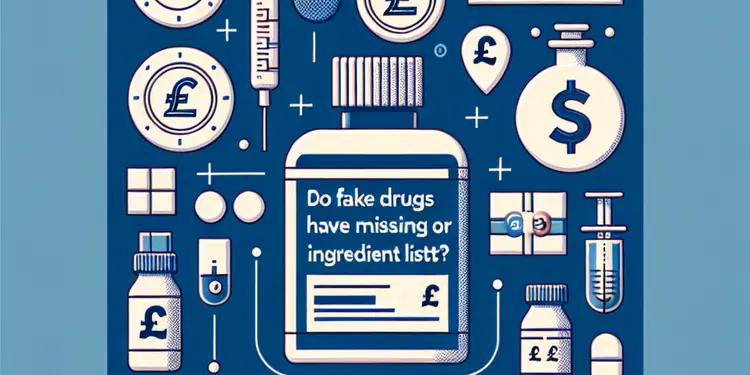
Find Help
More Items From Ergsy search
-
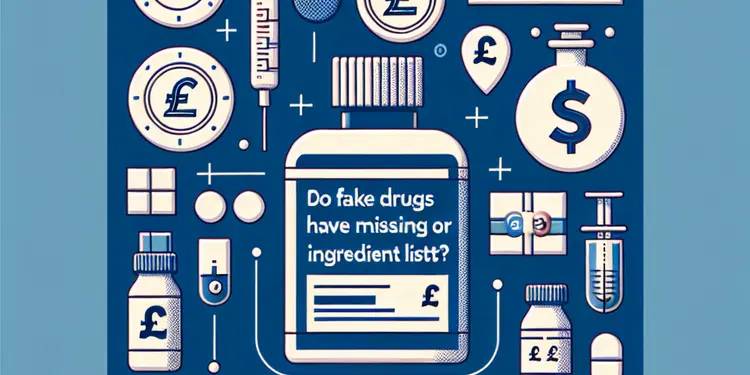
Do fake drugs often have missing or incorrect ingredient lists?
Relevance: 100%
-
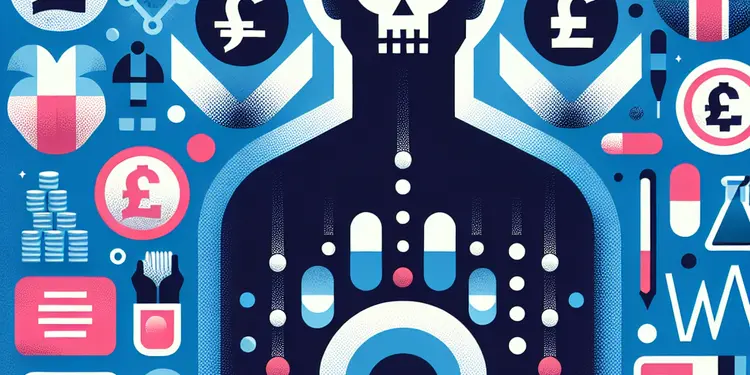
Can fake weight loss drugs have harmful ingredients?
Relevance: 66%
-
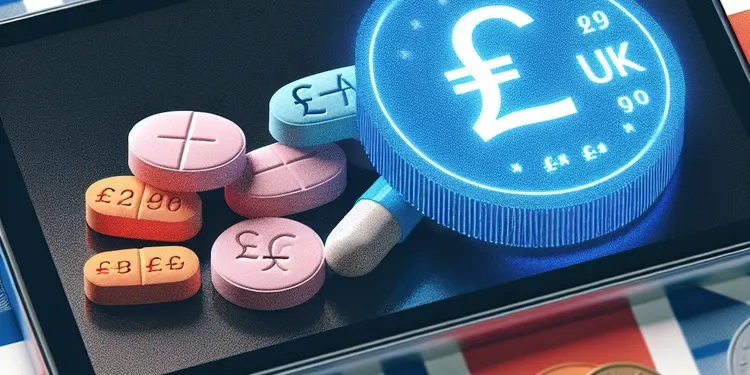
Fake weight loss drugs. How can I tell if weight loss drugs are fake?
Relevance: 63%
-

Are fake weight loss drugs often unapproved by health authorities?
Relevance: 43%
-

Do fake weight loss drugs often skip clinical trials?
Relevance: 42%
-
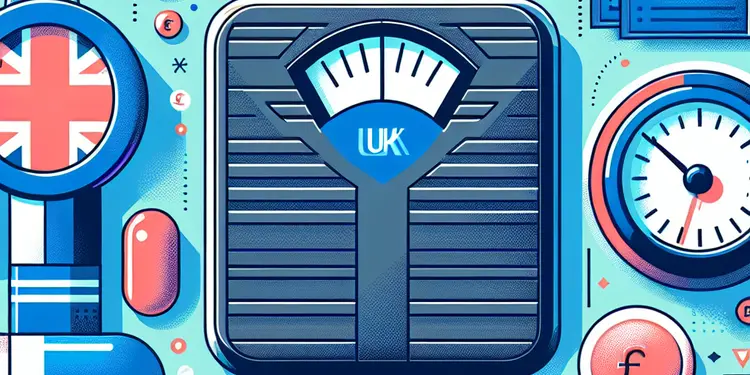
Can fake weight loss drugs contain prescription-only medications?
Relevance: 42%
-
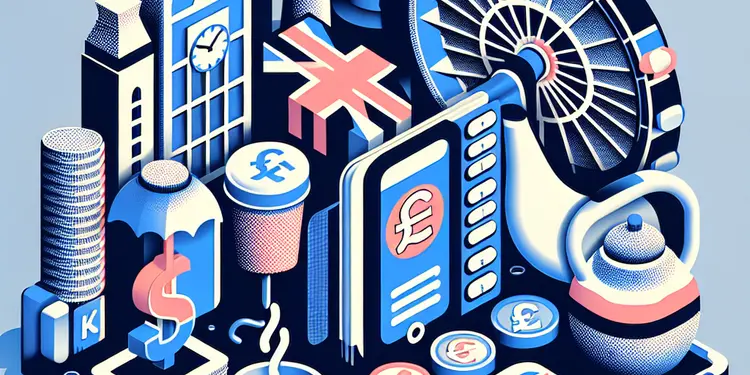
Is it possible for fake weight loss drugs to have no effect at all?
Relevance: 41%
-
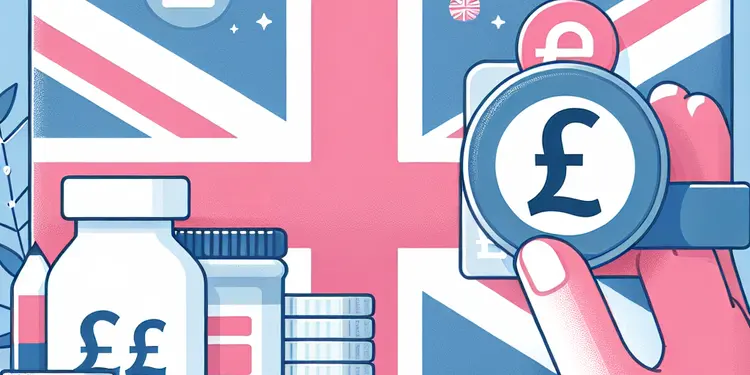
Can the pricing of weight loss drugs indicate if they're fake?
Relevance: 40%
-

Do fake weight loss drugs offer unrealistic results?
Relevance: 40%
-
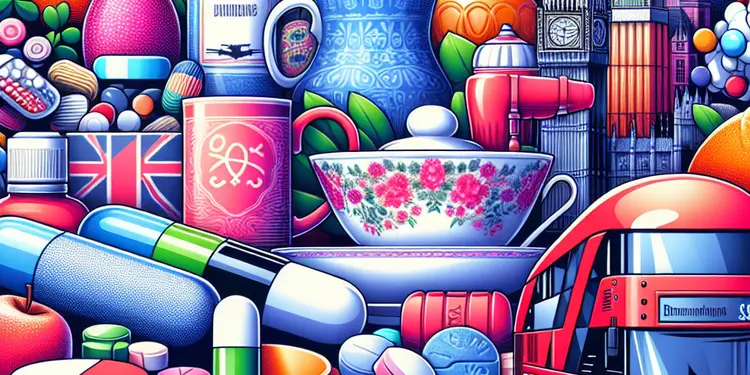
Can fake weight loss drugs come in unusual forms?
Relevance: 38%
-

What is the active ingredient in Mounjaro?
Relevance: 37%
-

What is the active ingredient in Wegovy?
Relevance: 37%
-

What ingredients are typically found in caffeine pouches?
Relevance: 35%
-

NHS Utilizes AI to Prioritize High-Risk Patients on Waiting Lists
Relevance: 34%
-

Do homeopathic medicines contain any active ingredients?
Relevance: 33%
-
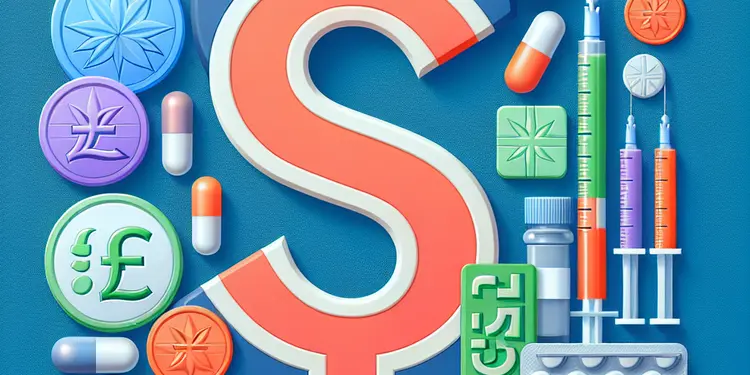
Are there common side effects that fake weight loss drugs may cause?
Relevance: 33%
-
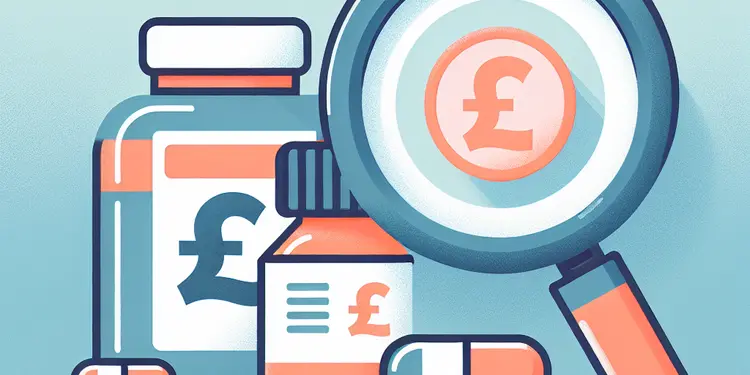
Is packaging important in identifying fake weight loss drugs?
Relevance: 32%
-

Is there a risk of identity theft with fake weight loss drug purchases?
Relevance: 29%
-

What is drug manufacturing?
Relevance: 26%
-

What is the drug Wegovy used to treat?
Relevance: 25%
-
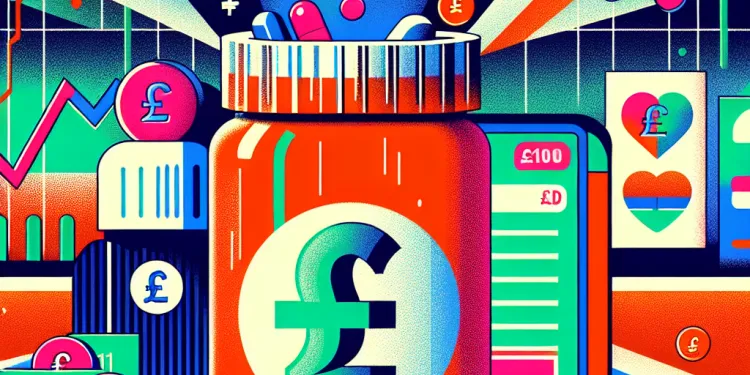
What should I do if I miss a dose of Ozempic?
Relevance: 22%
-
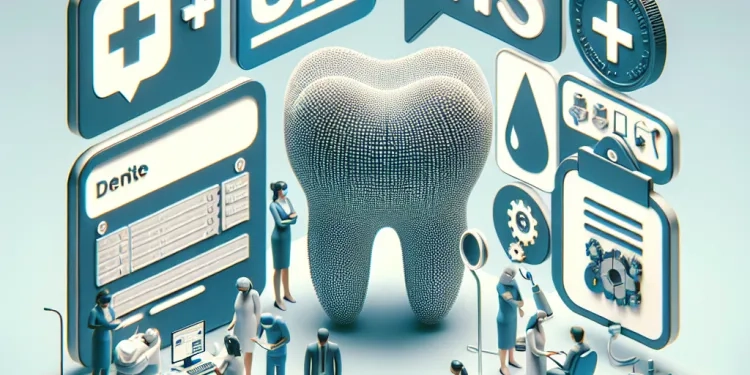
What happens if I miss my NHS dental appointment?
Relevance: 21%
-
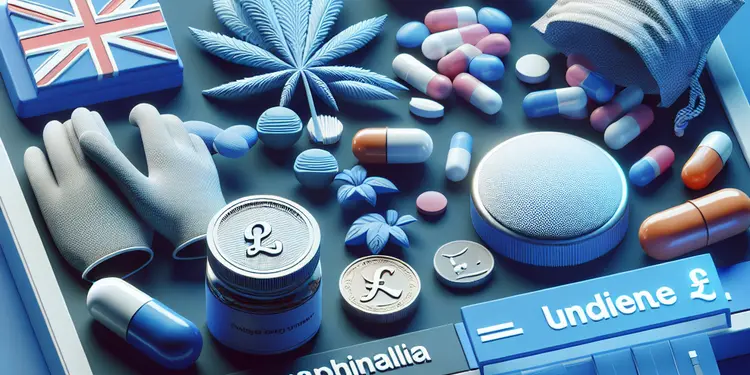
Is drug paraphernalia considered part of drug offences?
Relevance: 21%
-

Is Wegovy similar to other weight loss drugs?
Relevance: 20%
-
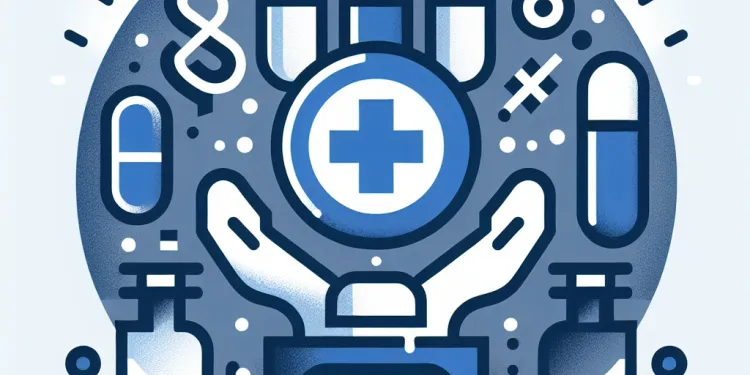
What should I do if I miss a dose of Wegovy?
Relevance: 20%
-
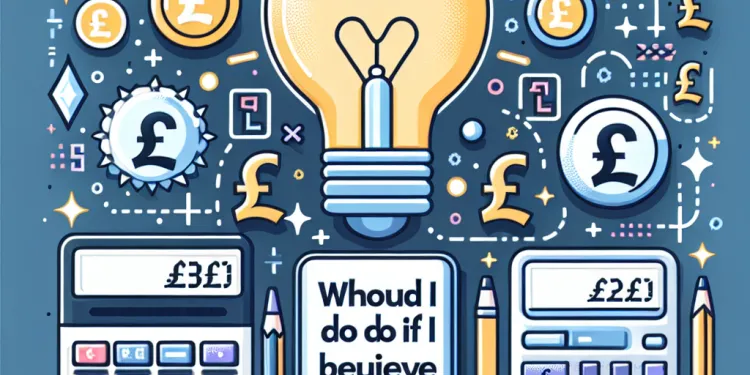
What should I do if I believe the refund amount is incorrect?
Relevance: 18%
-
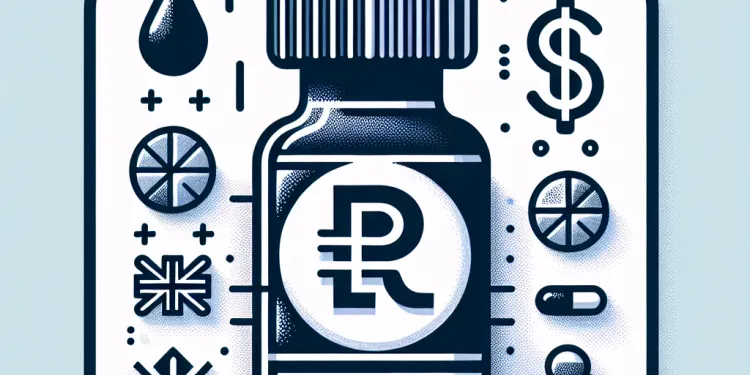
What should a patient do if they miss a dose of Baxdrostat?
Relevance: 18%
-
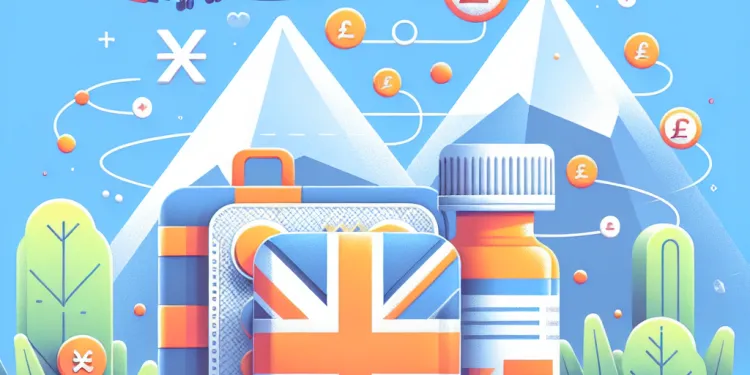
What should I do if I miss a dose of Mounjaro?
Relevance: 18%
-

What are drug offences?
Relevance: 18%
-
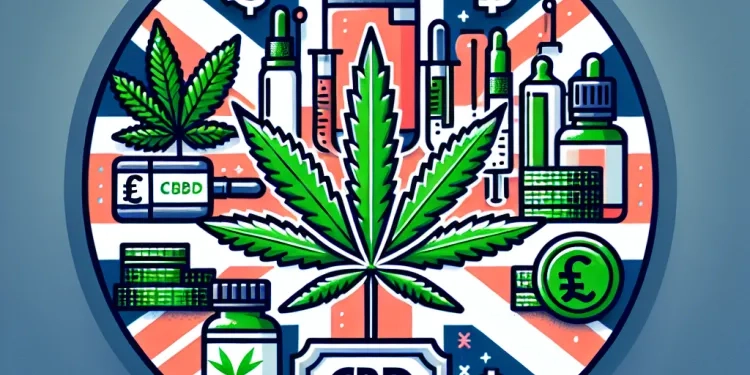
What should I look for when buying CBD products?
Relevance: 17%
-
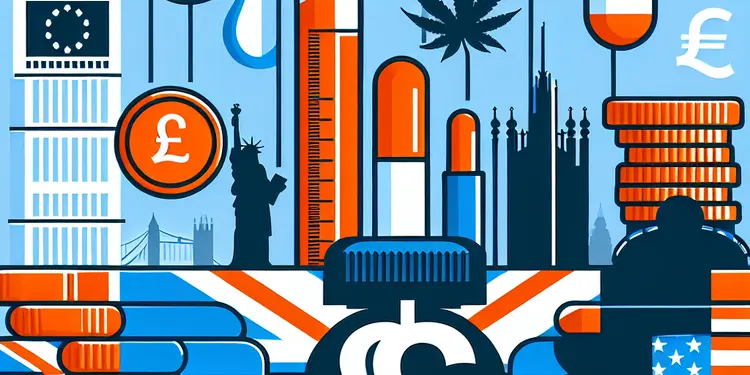
Can prescription drugs lead to drug offences?
Relevance: 17%
-
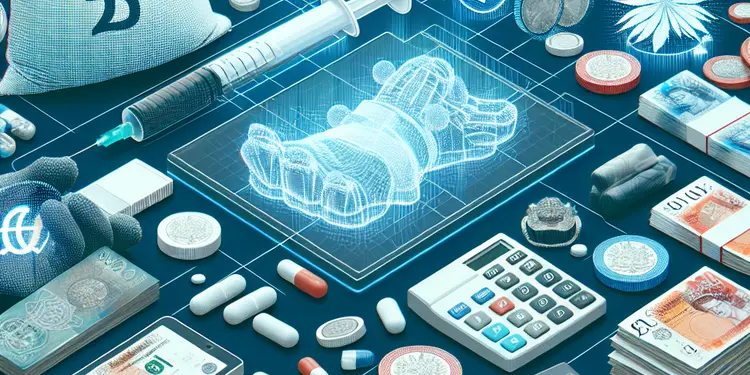
What is drug possession?
Relevance: 16%
-
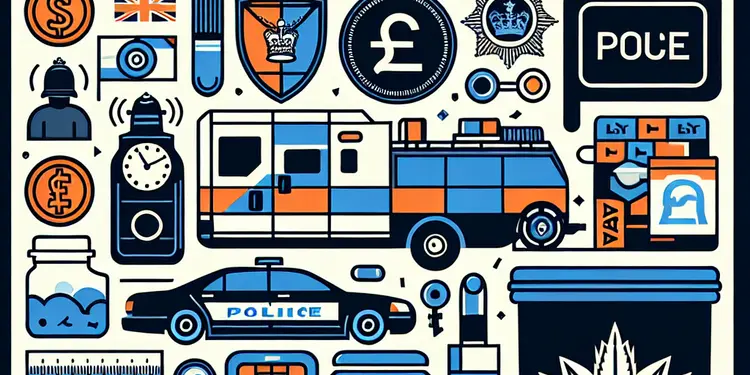
What is drug trafficking?
Relevance: 16%
-
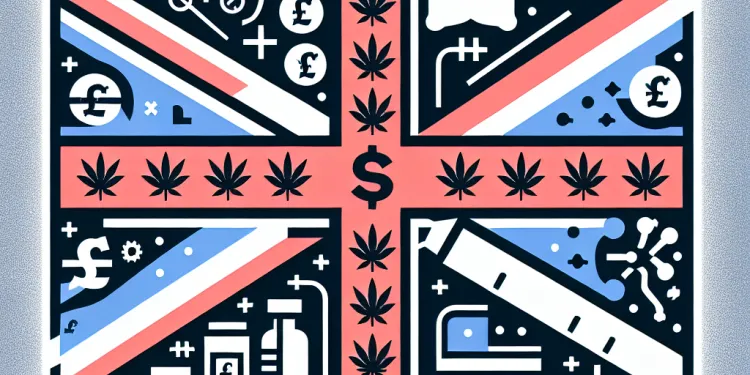
What is the drug Spice?
Relevance: 16%
-

What is Drugs Rehab?
Relevance: 16%
-
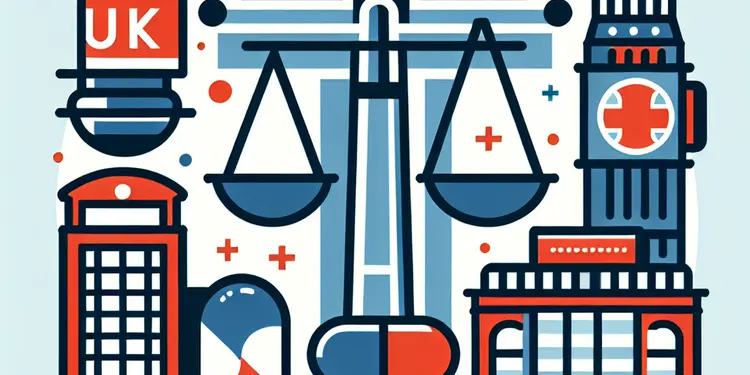
What constitutes a drug offence?
Relevance: 15%
-

Is it safe to eat foods labeled as 'may contain nuts'?
Relevance: 15%
-
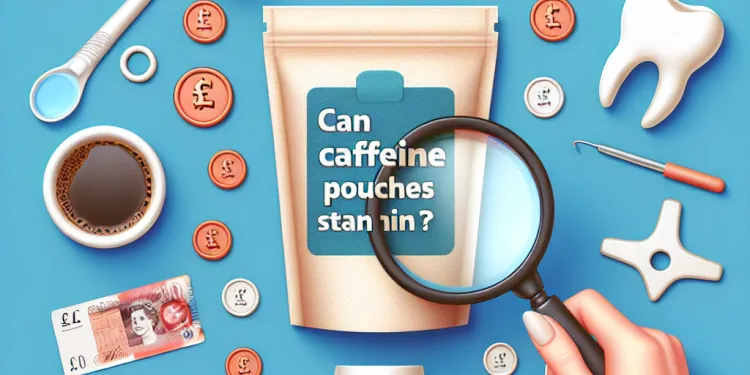
Can caffeine pouches stain teeth?
Relevance: 15%
-
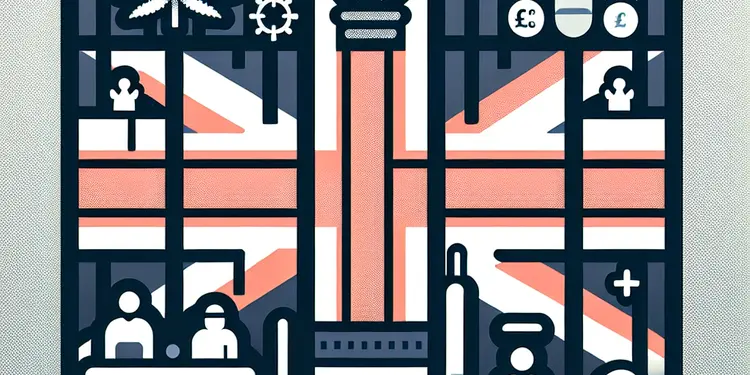
What penalties are common for drug offences?
Relevance: 14%
-
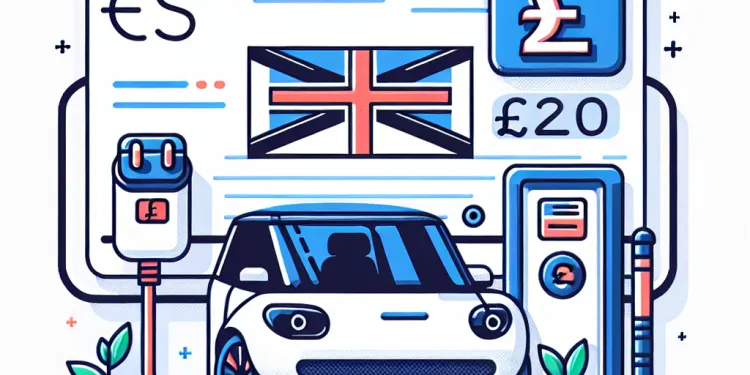
How do I find out if a specific car is eligible for the Plug-in Car Grant?
Relevance: 14%
Understanding Fake Drugs
Fake drugs, also known as counterfeit medications, are a significant concern in the UK and globally. These drugs are deliberately mislabeled with respect to their identity or source and can include products with the wrong ingredients, without active ingredients, or with insufficient quantities of active ingredients. A crucial part of identifying fake drugs is understanding their ingredient lists, which are often missing or incorrect.
Common Issues with Ingredient Lists
One of the most telling signs of a fake drug is a missing or incorrect ingredient list. Genuine medications in the UK are required to provide a comprehensive and accurate ingredient list, including active substances, excipients, and any potential allergens. However, counterfeit drugs often have missing ingredient lists or lists that are deliberately misleading to pass off the fake product as legitimate.
The absence of a correct ingredient list can lead consumers to believe they are receiving genuine treatment. In reality, they may be ingesting unknown or harmful substances, which can result in severe health repercussions. Additionally, fake drugs with incorrect ingredients may not have any efficacy or could interact dangerously with other medications.
Impact on Public Health
The circulation of fake drugs with faulty ingredient lists poses a substantial threat to public health. Consumers are at risk of consuming ineffective or even toxic substances, potentially leading to treatment failures, adverse reactions, or worsening of health conditions. In the UK, regulatory bodies such as the Medicines and Healthcare products Regulatory Agency (MHRA) are tasked with safeguarding the public against counterfeit medications, emphasizing the importance of accurate labeling and ingredient transparency.
Fake drugs undermine public trust in healthcare systems and have a broad impact on healthcare costs due to the need for treating side effects, ineffective treatment outcomes, and the resources required for monitoring and enforcement activities.
Protecting Yourself Against Fake Drugs
It is crucial for consumers to be vigilant and informed about the medications they take. Patients can protect themselves by purchasing medications from reputable pharmacies and verifying the packaging and labeling of their prescriptions. Checking for any spelling or packaging errors, ensuring the presence of a proper ingredient list, and verifying the drug with healthcare professionals can help mitigate risks.
Furthermore, the MHRA and other health organizations in the UK provide resources and alerts regarding counterfeit drugs and encourage reporting suspicious products. Engaging in active communication with healthcare providers and staying informed about legitimate medications can substantially reduce the likelihood of encountering fake drugs.
Conclusion
The issue of fake drugs with missing or incorrect ingredient lists is a severe concern that requires awareness and action from both consumers and health authorities. Staying informed, vigilant, and proactive in checking drug authenticity can help safeguard against the dangers of counterfeit medications, ensuring that patients in the UK receive safe and effective treatments.
Understanding Fake Drugs
Fake drugs are medicines that are not real. They try to look like real medicines but are not. This is a big problem in the UK and around the world. Fake drugs can have the wrong stuff inside or not enough of the real medicine. To know if a drug is fake, we need to check what is in it. But fake drugs often have the wrong list of what is inside.
Common Issues with Ingredient Lists
A fake drug usually has a missing or wrong list of ingredients. Real medicines in the UK must show what is in them. This list includes the main medicine, other things added, and anything that might cause allergies. Fake drugs often do not show the right list. They want to trick people into thinking they are real.
If a drug does not have the right ingredient list, people might think they are getting the right treatment. But they could be taking something unknown or harmful. This could make them very sick or not help them at all. Fake drugs might not work and could be dangerous with other medicines.
Impact on Public Health
Fake drugs with wrong ingredient lists are bad for everyone’s health. People might take something that does not work or makes them sick. This can cause more health problems or make them worse. In the UK, groups like the MHRA work to keep fake drugs away. They make sure labels and lists are right.
Fake drugs make people trust doctors and medicines less. They also cost a lot of money because people need help after taking them. More money is spent on fixing these problems and checking for fake drugs.
Protecting Yourself Against Fake Drugs
You must be careful and smart about the medicines you take. Buy medicines from places you trust, like well-known pharmacies. Look at the label and box of your medicines. Check for mistakes in spelling or packaging. Make sure there is a list of what is inside, and ask a doctor or pharmacist if you are not sure.
The MHRA and other health groups in the UK share news about fake drugs. They also ask people to tell them about fake drugs they see. Talk to your doctor about your medicines. Staying informed and careful can help you avoid fake drugs.
Conclusion
Fake drugs are a big problem because they often do not show the right ingredients. People and health groups need to know and do something about this. By checking if drugs are real and being careful, we can help keep people safe from fake medicines. This helps make sure people in the UK get the right treatment.
Frequently Asked Questions
Useful Links
- Ergsy carfully checks the information in the videos we provide here.
- Videos shown by Youtube after a video has completed, have NOT been reviewed by ERGSY.
- To view, click the arrow in centre of video.
- Most of the videos you find here will have subtitles and/or closed captions available.
- You may need to turn these on, and choose your preferred language.
- Go to the video you'd like to watch.
- If closed captions (CC) are available, settings will be visible on the bottom right of the video player.
- To turn on Captions, click settings .
- To turn off Captions, click settings again.
More Items From Ergsy search
-

Do fake drugs often have missing or incorrect ingredient lists?
Relevance: 100%
-

Can fake weight loss drugs have harmful ingredients?
Relevance: 66%
-

Fake weight loss drugs. How can I tell if weight loss drugs are fake?
Relevance: 63%
-

Are fake weight loss drugs often unapproved by health authorities?
Relevance: 43%
-

Do fake weight loss drugs often skip clinical trials?
Relevance: 42%
-

Can fake weight loss drugs contain prescription-only medications?
Relevance: 42%
-

Is it possible for fake weight loss drugs to have no effect at all?
Relevance: 41%
-

Can the pricing of weight loss drugs indicate if they're fake?
Relevance: 40%
-

Do fake weight loss drugs offer unrealistic results?
Relevance: 40%
-

Can fake weight loss drugs come in unusual forms?
Relevance: 38%
-

What is the active ingredient in Mounjaro?
Relevance: 37%
-

What is the active ingredient in Wegovy?
Relevance: 37%
-

What ingredients are typically found in caffeine pouches?
Relevance: 35%
-

NHS Utilizes AI to Prioritize High-Risk Patients on Waiting Lists
Relevance: 34%
-

Do homeopathic medicines contain any active ingredients?
Relevance: 33%
-

Are there common side effects that fake weight loss drugs may cause?
Relevance: 33%
-

Is packaging important in identifying fake weight loss drugs?
Relevance: 32%
-

Is there a risk of identity theft with fake weight loss drug purchases?
Relevance: 29%
-

What is drug manufacturing?
Relevance: 26%
-

What is the drug Wegovy used to treat?
Relevance: 25%
-

What should I do if I miss a dose of Ozempic?
Relevance: 22%
-

What happens if I miss my NHS dental appointment?
Relevance: 21%
-

Is drug paraphernalia considered part of drug offences?
Relevance: 21%
-

Is Wegovy similar to other weight loss drugs?
Relevance: 20%
-

What should I do if I miss a dose of Wegovy?
Relevance: 20%
-

What should I do if I believe the refund amount is incorrect?
Relevance: 18%
-

What should a patient do if they miss a dose of Baxdrostat?
Relevance: 18%
-

What should I do if I miss a dose of Mounjaro?
Relevance: 18%
-

What are drug offences?
Relevance: 18%
-

What should I look for when buying CBD products?
Relevance: 17%
-

Can prescription drugs lead to drug offences?
Relevance: 17%
-

What is drug possession?
Relevance: 16%
-

What is drug trafficking?
Relevance: 16%
-

What is the drug Spice?
Relevance: 16%
-

What is Drugs Rehab?
Relevance: 16%
-

What constitutes a drug offence?
Relevance: 15%
-

Is it safe to eat foods labeled as 'may contain nuts'?
Relevance: 15%
-

Can caffeine pouches stain teeth?
Relevance: 15%
-

What penalties are common for drug offences?
Relevance: 14%
-

How do I find out if a specific car is eligible for the Plug-in Car Grant?
Relevance: 14%


